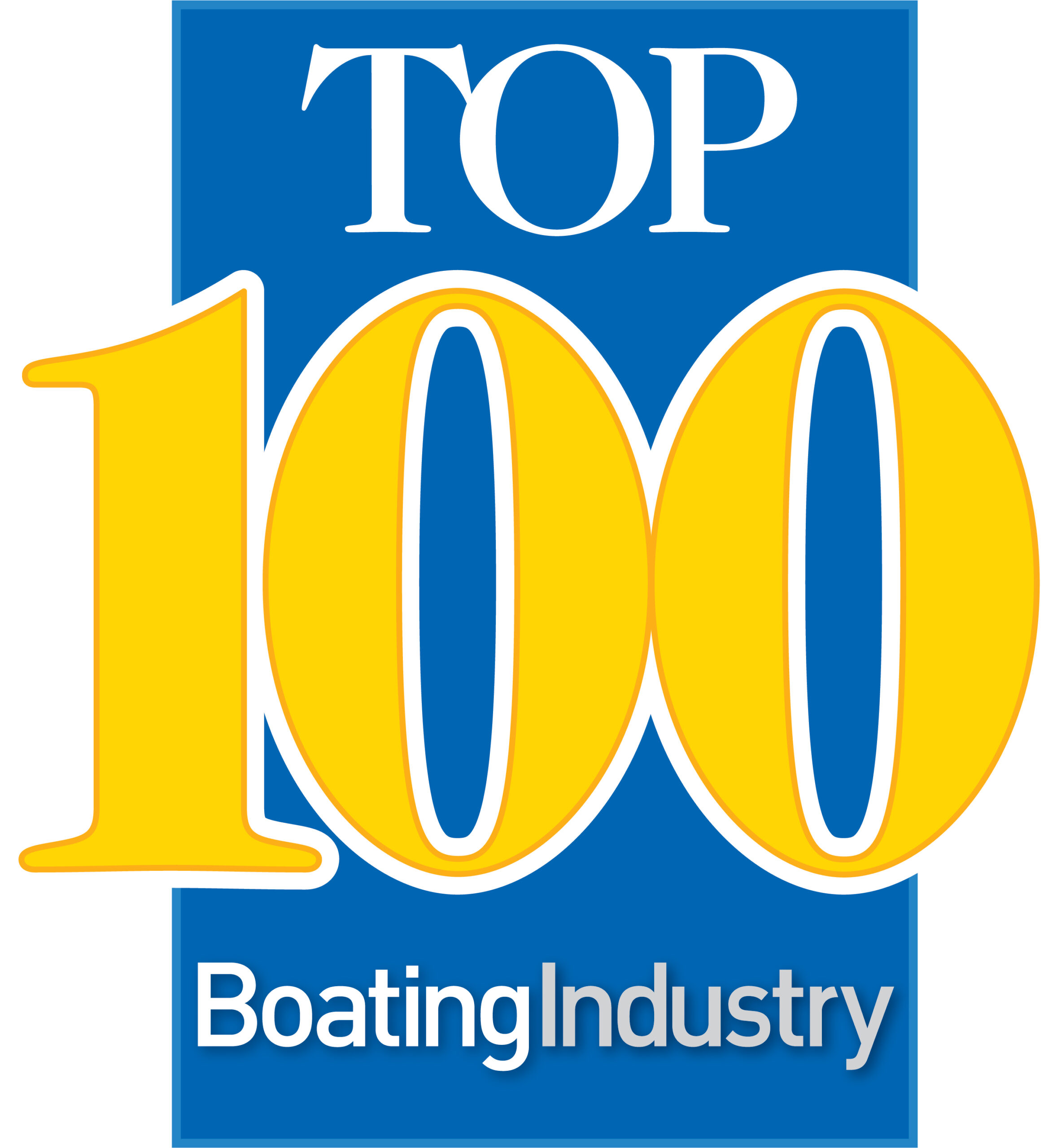Knowledge Is Power
J.D. Power and Associates is in its fourth year in the marine industry, and I’m happy to report that, from the customer’s perspective, we’re making steady progress. Of course we’re still well behind automotive, but the change is positive.
Our syndicated study covers a lot of ground — something like 80-percent of annual boat production is represented — with 70-plus boat brands across seven boat segments. Rated from highest to lowest on a ten-point scale we have: ski/wakeboard (rated 8.99 by customers in satisfaction, across all brands) fiberglass bass (8.83), 20-29’ runabouts (8.29), pontoon (8.19), 17-28’ coastal fishing (8.18), 24-33’ express cruisers (7.93) and 16-19’ runabouts (7.81). The engines powering the boats include inboard (9.12), outboard (8.58) and sterndrive (8.3) engines. As the engines shift increasingly to EFI or DI (vs. carbureted) technology, customer satisfaction and quality both pick up markedly.
Boatbuilders and engine manufacturers subscribe to our study to improve their existing and future products, do a better job at the dealership and better understand their competition. Actually, we call it the Boat Competitive Information Study (BCIS) because so much of the value of the data and analysis comes from the competitive information detailed in the reports. Every boat brand that produces enough owner-registered boats each year for us to end up with 100 or more survey returns is included, whether or not the manufacturers subscribe.
We divide the product section of the survey into customer satisfaction and quality attributes. Improving customer satisfaction matters because it’s linked to customer loyalty to the boat and engine brands. Customer satisfaction with the average boat has improved from 8.05 in 2002 to 8.25 this year, and engines have gone from 8.3 to 8.49. Satisfaction with sales has improved from 7.69 in 2002 to 7.86 in 2005. Service, which is the lowest-rated element of the boating experience, has also improved the most, from 7.15 in 2002 to 7.44 this year.
Quality is measured as the number of problems reported per boat — these are things that either break or don’t work like the owner thinks they should. Why does quality matter? Because it directly impacts satisfaction, which is closely tied to customer loyalty, which in turn is a measure of whether that owner will ever buy another boat or engine of the same brand. A great way to send the customer to the dealer down the street next time, or to the local RV dealer, is to build a poor quality boat, and then do an unimpressive job fixing things in the service department. Across the industry, the issues that have the most negative impact on customer satisfaction this year are the ride being too rough or unstable, followed by poor acceleration.
The data tells us which engines deliver the best results, by brand, technology and horsepower. Which outboard you choose, for example, makes a big difference in overall customer satisfaction; selecting that EFI four-stroke (9.16) over the carbureted two-stoke (7.72), for instance, removes an average of 1.2 problems per boat. That’s a big difference with the average bass boat, for instance, which only has 2.57 total problems per boat. Going from (in this case) 2.57 to 1.37 problems results in a much happier customer eager to sing the boatbuilder’s praises. Happily, over the last few years, the EFI four-stroke outboard is growing in numbers (37-percent of all outboards in our study this year), as is the DI two-stroke (rated an 8.8).
We list the attributes in each category by satisfaction and also by importance to the customer. That’s key to the study since some attributes are clearly much more important to the customer than others. For instance, the stereo’s satisfaction rating may be much lower than the helm seat adjustability, so one might think that improvement efforts should be focused on the sound system. However, the helm seat is much more important to most owners, so it should be further improved even if it already scores fairly high.
The real meat of each segment’s management report is in the back. Each boat brand has its own “Brand Summary” section that shows exactly what that particular manufacturer should be targeting for improvement based on its owners’ responses. By focusing on these high-impact (on customer satisfaction) attributes, the boatbuilder can get the most bang for its product-improvement buck. Boatbuilders can also see exactly how their competitors are doing, and act accordingly.
Though there remains much to do, progress is being made. We’re optimistic that the Grow Boating initiatives, including turning ABYC recommendations into requirements for NMMA members, and the establishment of a dealer certification program, will work to improve customer satisfaction in all these areas. Often when we look closely at the boats customers are reporting on, it’s apparent that it’s possible to build a better boat without spending any more money, just by designing it differently. Also, being candid about product capabilities and limitations with the consumer, especially the first-time buyer, will pay dividends.
Make the boaters happier, and more of them will stay in the sport. It’s that simple.




